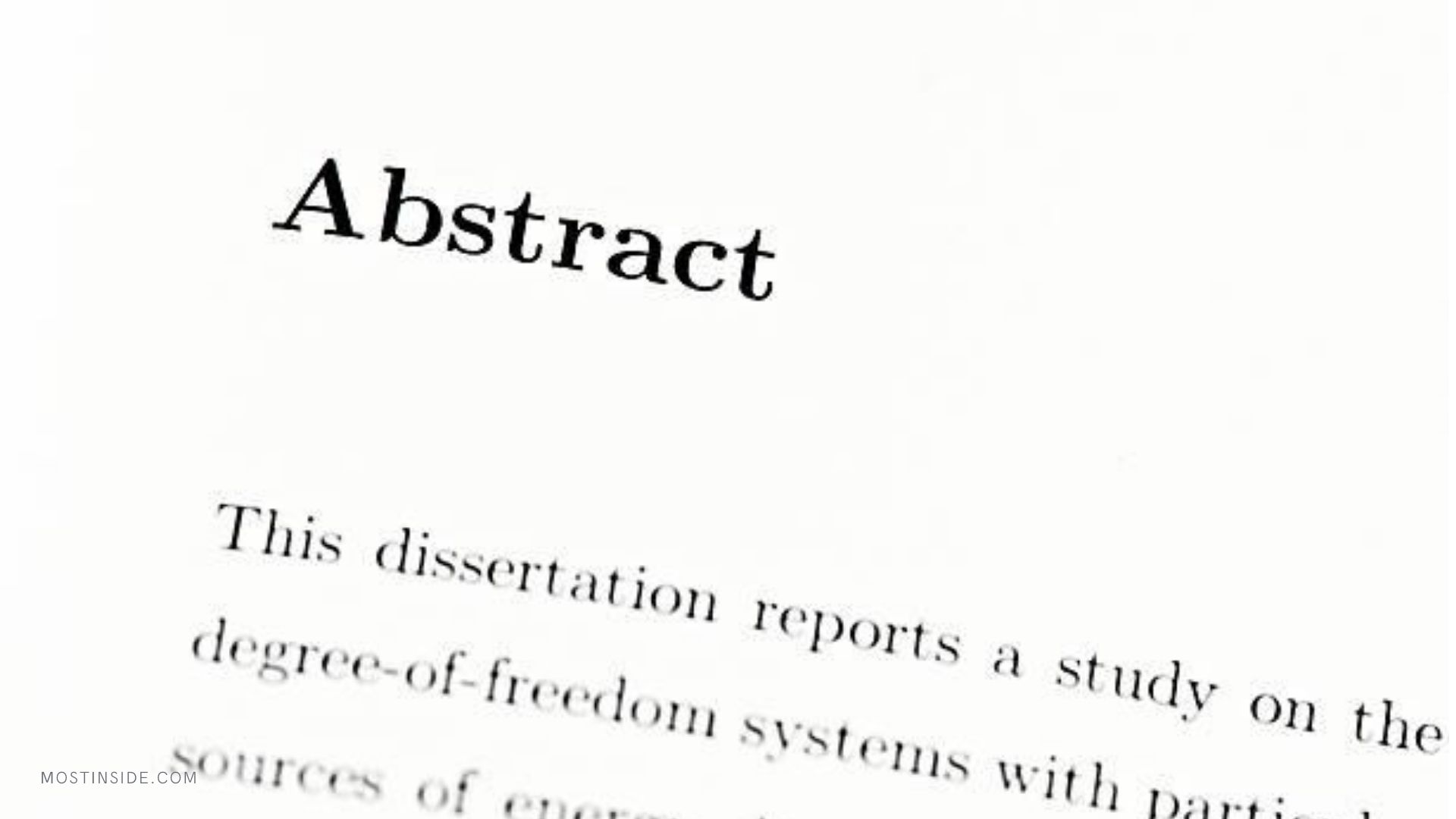Dissertation Writing: Making Ideas into Expressions
One of the most hectic and struggling parts of your graduate or higher studies comes when you have to craft a dissertation or thesis. It is not an easy process to write a dissertation or thesis. To finish the document effectively, you need time, energy, and a lot of determination. It’s not straightforward, but it doesn’t have to be a painful process. Your research trip will be much simpler if you comprehend the general overview of how to write a dissertation or essay.

Once you’ve completed your plan and have a stack of research articles, it’s time to hunker down and begin writing. You don’t have to start from the beginning — in fact, introductions are sometimes simpler to write near the conclusion when you comprehend how your argument has progressed.
Begin with the parts you know you’ll find most accessible, and then use your outline to put them all together in the correct sequence. You’ll come across topics that require further investigation, so be prepared to return to researching more material.
Your writing style is critical to properly presenting your thoughts. Poorly articulated concepts or confusing terminology can derail a well-planned and analysed dissertation. Allowing enough time for writing will help you prevent this.
The general structure for dissertation writing
Writing a dissertation is a path with numerous pit breaks. In other words, it’s a multi-step procedure that can’t be skipped. There are no shortcuts because each step is dependent on the previous step being completed.
Dissertations, like academic papers for journal publication, often follow a regular pattern. To craft an effectively strategised document, you have to customise the following sections and discuss each of them in detail.
Introduction/Research Proposal
You set out your dissertation’s topic, goal, and significance in the opening, and you inform the reader about what information they will be extracted in the rest of the dissertation. The introduction should include:
- Create your research topic, including any background information required to contextualise your work.
- Narrow your focus and specify the extent of your investigation.
- Discuss the current status of the study on the issue, demonstrating your work’s connection to a more significant problem or argument.
- Outline your study questions and objectives in detail.
- Present a summary of the framework of your dissertation.
Everything, in the beginning, should be understandable, intriguing, and pertinent to your study. The reader should comprehend the what’s, whys, and how’s of your research at the conclusion.

Literature review/theoretical framework
Before you begin your research, you should undertake a literature review to acquire a complete overview of the existing academic work on your research topic. That is to say:
- assembling materials (such as books and journal articles) and picking the most pertinent ones
- Each source must be evaluated and analysed critically.
- Connecting them (e.g., patterns, themes, conflicts, deficiencies) to create a larger point
You should not just describe previous studies in the dissertation’s literature review chapter but rather build a logical framework and argument that contributes to a clear basis or explanation for your own analysis.
Methodology
The methodology section outlines how you carried out your study, allowing the audience to evaluate its validity. In general, you should include:
- The overarching strategy and nature of the research (e.g., quantitative, experimental, qualitative, ethnographic)
- Your data collection techniques (e.g., interviews, surveys)
- Details about when, where and with whom the research was conducted
- Your data-analysis techniques (e.g., statistical or discourse analysis)
- Your tools and resources (e.g., computer software, lab equipment)
- A discussion of any challenges you encountered while performing the study and how you conquered them.
- An assessment or justification of your approach.
In the methodology, your goal is to correctly summarise what you performed while convincing the viewer that this was the best strategy to answer your research hypothesis or objectives.
Results
Following that, you report on the findings of your investigation. This section can be organised around sub-questions, hypotheses, or topics.
The findings section is kept distinct from the discussion in specific disciplines, but the two are mixed in others. For example, in qualitative approaches such as ethnography, data presentation is frequently intertwined with conversation and interpretation.
However, in quantitative or experimental research, the findings should be presented independently before delving into their significance:
- Explain briefly how the finding relates to the issue or whether the hypothesis was justified.
- Include tables, charts and figures if they aid the reader in understanding your findings.
- Report any relevant outcomes to your research questions, even those that did not match your expectations.
- Subjective interpretations or speculation are not permitted.
Discussion and Conclusion
In the discussion, you will investigate the significance and consequences of your findings in connection to your research questions. This chapter should evaluate the results in-depth, analysing if they matched your expectations and how well they connect with the framework you created in previous chapters.
The dissertation conclusion should succinctly respond to the significant research issue, providing the reader with a clear comprehension of your critical point and stressing your study’s contribution.
In certain academic norms, the conclusion refers to a brief portion before the discussion: first, you present your main findings explicitly, then discuss and interpret their significance.
Find your own style to convey your research.
You will have reviewed a lot of scientific publications as part of your research. Choose an academic work that has been suggested to you and that you find accessible and entertaining to read. Investigate the structures and determine how the arguments are expressed. Gather examples of formal language and punctuation.
Consider how the author’s strategies persuade the reader of their position and see if you can employ them in your own writing.
Subheadings are a handy technique of breaking up the content and signalling to the readers what level you have attained in an essay of this length. As you go over each iteration, update these subheadings to ensure they offer a helpful summary of the section.
Repetition should be avoided. Look out any phrases and words that have previously been expressed or suggested in the sentence – and remove them.
Edit and proofread your document
Making certain that all the parts are in the correct order is merely the first step toward a well-written dissertation. Give sufficient time for editing and proofreading. Vocabulary, grammar, and formatting problems might detract from the quality of your efforts.
Before focusing on language errors, typos, and inconsistencies, you should prepare to write and revise numerous revisions of your thesis or dissertation. You might also consider hiring a professional dissertation editing service to ensure that it is flawless before submitting it.
Author Bio:
Enime Jaaz is a Content Manager at his prestigious organization Research Prospect famous for his research writing service, assisting students for a long time. Since its inception, Enime has been part of Essays.UK to provide in-depth details about custom essay writing and have seen all the ups and downs it has faced in all those years.
Recommended For You
5 Tips for Renting an Apartment in NYC as a Student
Most Inside
Most Inside offers high-quality recommendations and valuable updates to enhance all aspects of your life, providing premium guidance and enriching experiences.




